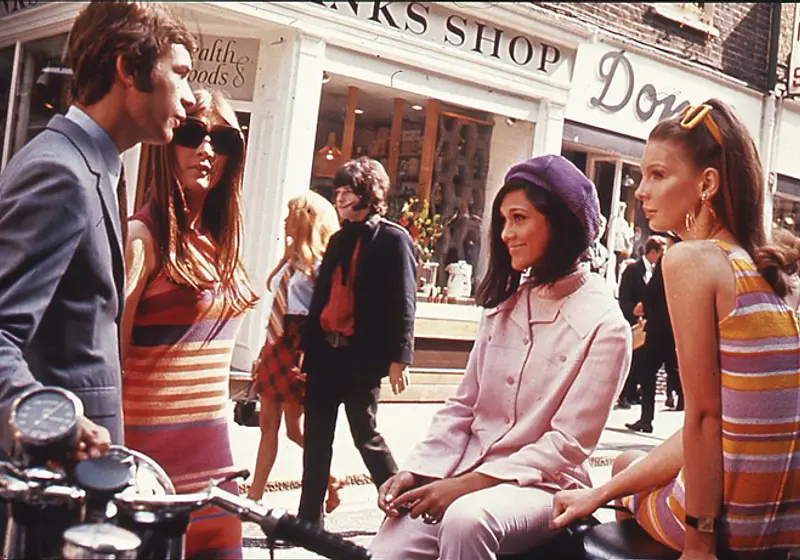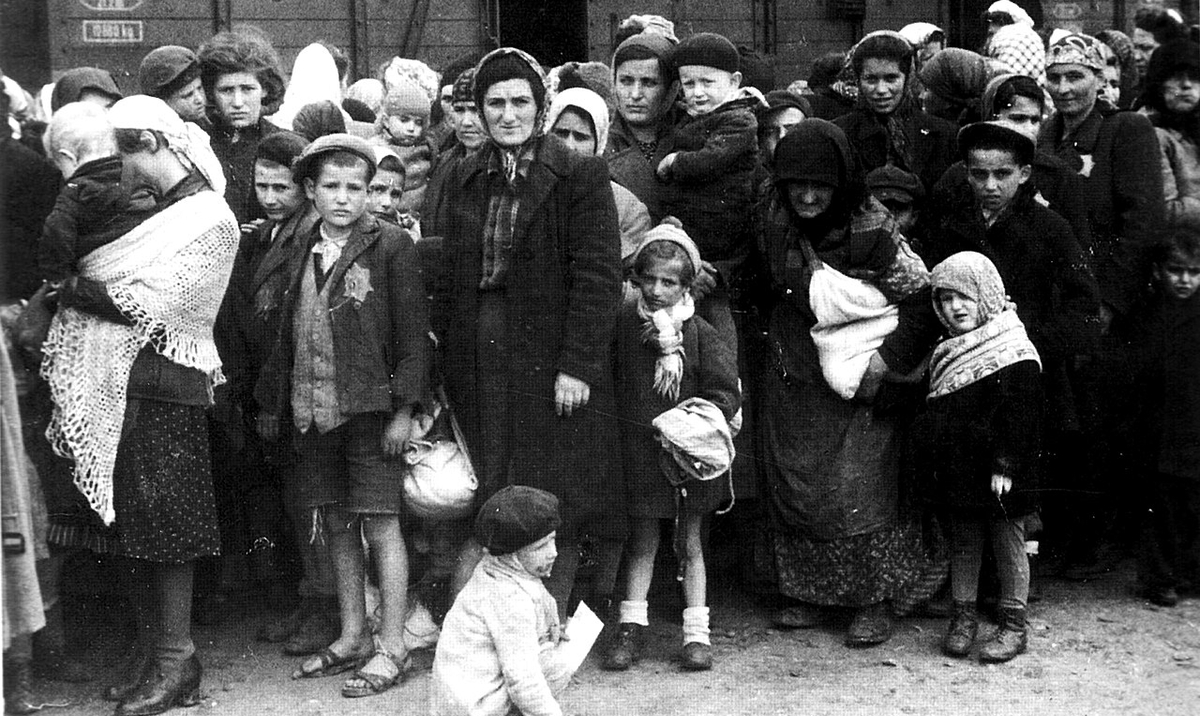The 20th century was probably the most influential time in the history of women's fashion. In a hundred years, style has evolved from traditional, conservative gowns that covered almost the whole body, to freedom of choosing your clothes. Of course, mini skirts and tank tops didn’t appear just like that. There were many factors contributing to modern fashion. With the evolution of our lifestyles and the development of materials and production techniques, let’s take a look at this fashion-fascinating period! (Side note: in this article, I’ll be focusing mostly on Western women's fashion)
1900s
Western fashion from the beginning of the 20th century was a simplified version of trends from the previous one. Women still used corsets to obtain the ideal S-shaped figure, with a narrow waist, and larger hips and bust. On top of the undergarments, they wore ankle-length skirts, with many layers and decorations such as laces or crochets.
Blouses were dramatic and usually long-sleeved and covered the neck. The evening gowns could be a little less conservative though, with short sleeves and cleavage revealing.
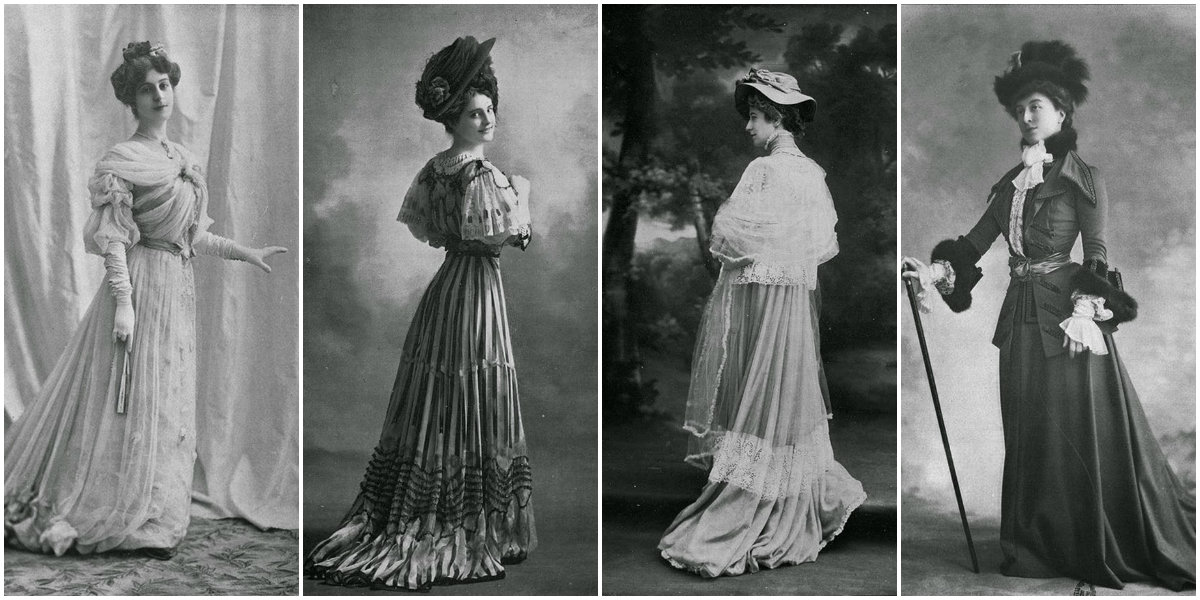
In the 1900s, hair had to be big and dramatic. The most popular hairstyle was a huge bun on the lower back part of the head, promoted by the then "it-girls"—Gibson Girls. Women also wore large hats, often decorated with flowers and laces.
The other accessory that was a must at that time were gloves, worn whole year round. They were used not only to complete the outfit but also to protect the skin from cold in the winter and from the sun in the summer.
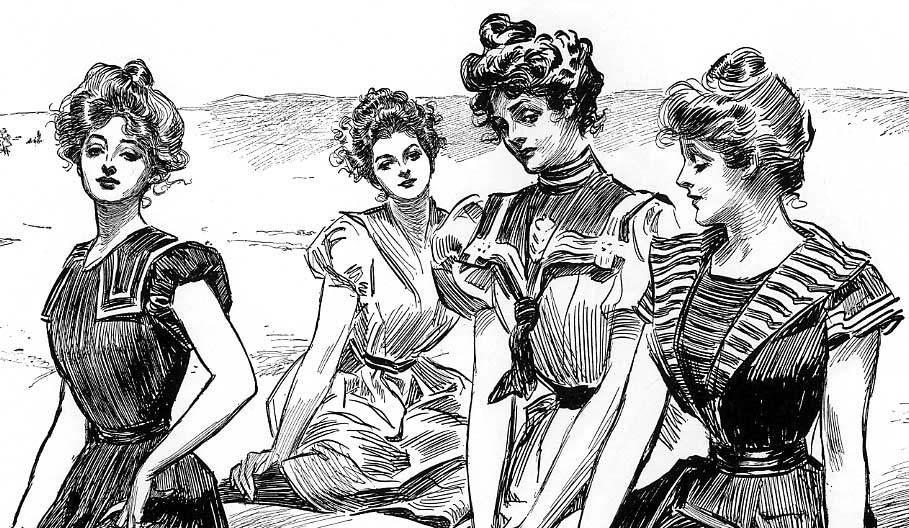
1910s
This decade could be divided into two parts—pre and post-war. Before the First World War, the fashion was similar to the 1900s trends, but was more delicate and simple. With the popularization of rail travel and long-distance cruises, designers took inspiration from the then oriental parts of the world such as Asia and the Middle East. Designer Paul Poiret popularized a draped and colorful skirt called Harem Skirt and Hobble Skirt, which was narrowed at the bottom.
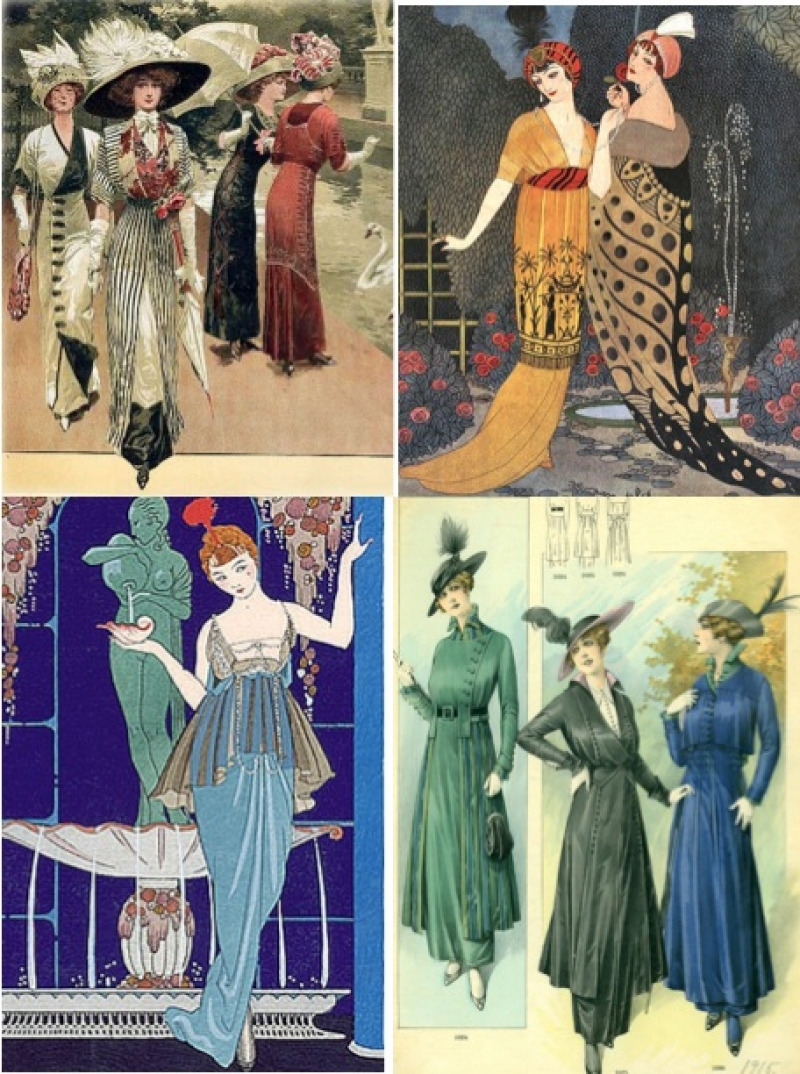
During the First World War, fashion had to become less fashionable. Most of the materials were needed for army uniforms. Many countries were mired in an economic crisis.
Most men were sent to war, so more and more women started working. For that reason, clothes had to be cheap and practical. They often wore simple dresses, tunics, overalls and even began wearing men's wear- trousers and jackets. Due to textile shortages, the most popular material was cotton. After the war, women still dressed more practically than in the beginning of the century. It slowly led to a total revolution in fashion and emancipation of women.
They were proud in military uniform: square-bashing, button-polishing and saluting just like the men. They ballooned in maternity frocks, bringing up the next generation of workers, shirkers and fighters.
(The History Press- World War One: Fashion Revolution)
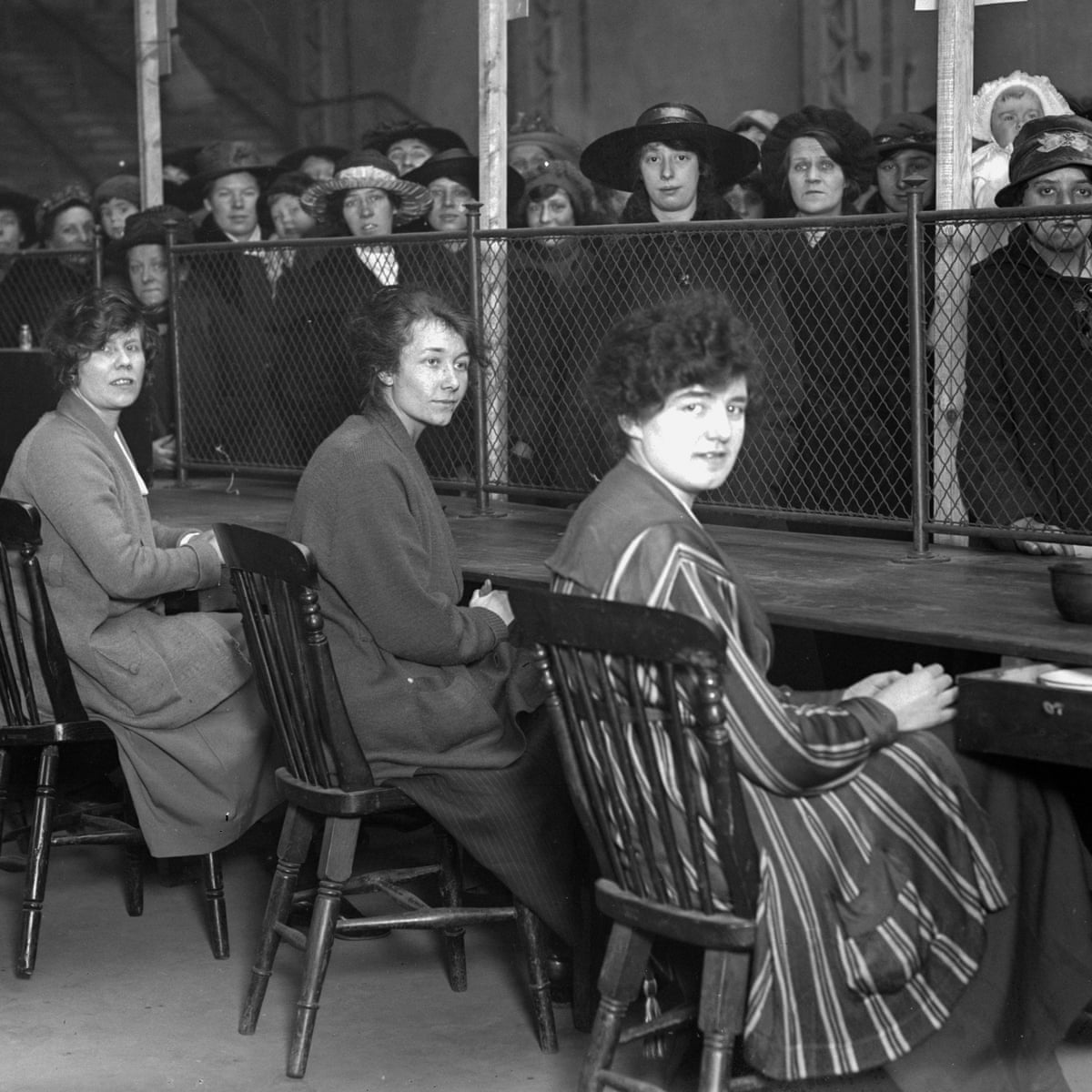
1920s
In the 1920s, the world was still healing after the First World War. The working woman slowly became a more common image. It led to the process of women’s emancipation.
In countries like Australia, the United States or Poland, women finally had a right to vote. Not only did politics change, but so did fashion and lifestyle. For the first time, simplicity was trendy. Many young girls started showing their legs by rocking knee-length skirts and dresses. It was also popular to have a boyish silhouette and dramatic short hair.

Teenage girls wanted to become flappers, just like their on-screen idols like Colleen Moore or Pola Negri. They wanted to live careless lives, full of social events, art, and fashion. To achieve the popular flapper girl look, they wore heavy eye makeup, dark lipstick, and thinned their eyebrows.
The accessories were also a big part of the look. The most important were long and chunky pearl necklaces and funky hats or shawls.
The development of a more convenient, modern female wardrobe was a major trend of the 1920s and was achieved through the progressive simplification of dress as the decade advanced – a rejection of formality and multiple layers, in favour of comfort and a lighter, more natural effect.
(Jayne Shrimpton- Fashion in the 1920s)
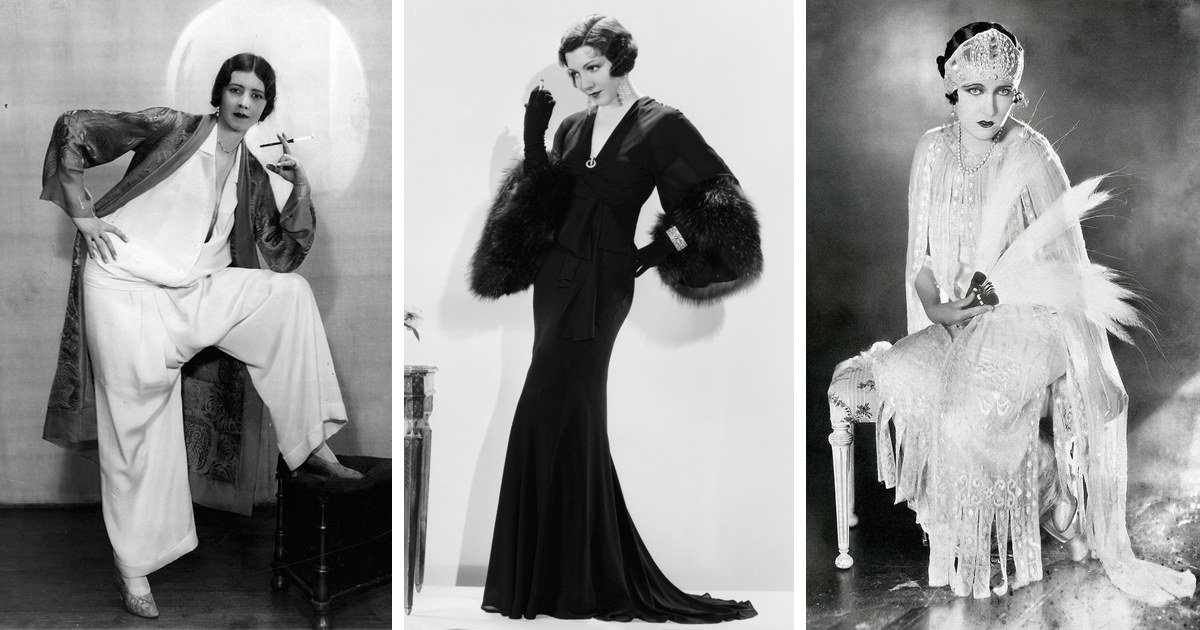
1930s
The 1930s fashion era was characterized by a blend of elegance, artistry, and practicality. Despite economic hardships, fashion designers and consumers found ways to express their style and embrace the changing times. The influence of bias-cut garments and art deco aesthetics left a lasting impact on the fashion industry, paving the way for future developments in design and silhouette.

The 1930s introduced several notable fashion icons who left a lasting impact on the style of the era. The most prominent were: Wallis Simpson, the Duchess of Windsor, Marlene Dietrich, a German-American actress and singer, known for her androgynous style and glamorous persona, and Elsa Schiaparelli, an Italian fashion designer, famous for her avant-garde and surrealist-inspired designs.
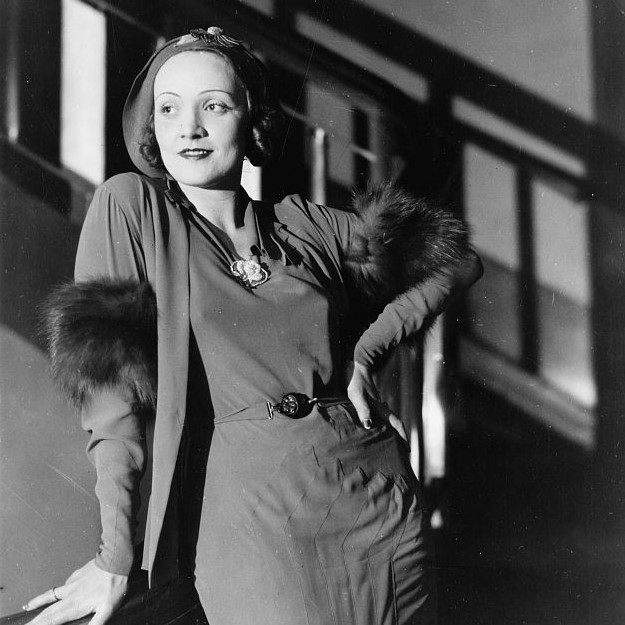
1940s
1940s fashion was greatly influenced by the events of World War II, resulting in practical and patriotic styles. 1940s fashion showcased resilience, adaptability, and a sense of unity in the face of wartime challenges. Despite rationing and limited resources, western people found ways to express their style and maintain a sense of elegance and pride. Women wore mostly A-line skirts and dresses, and pants and suits—often in patriotic colors.
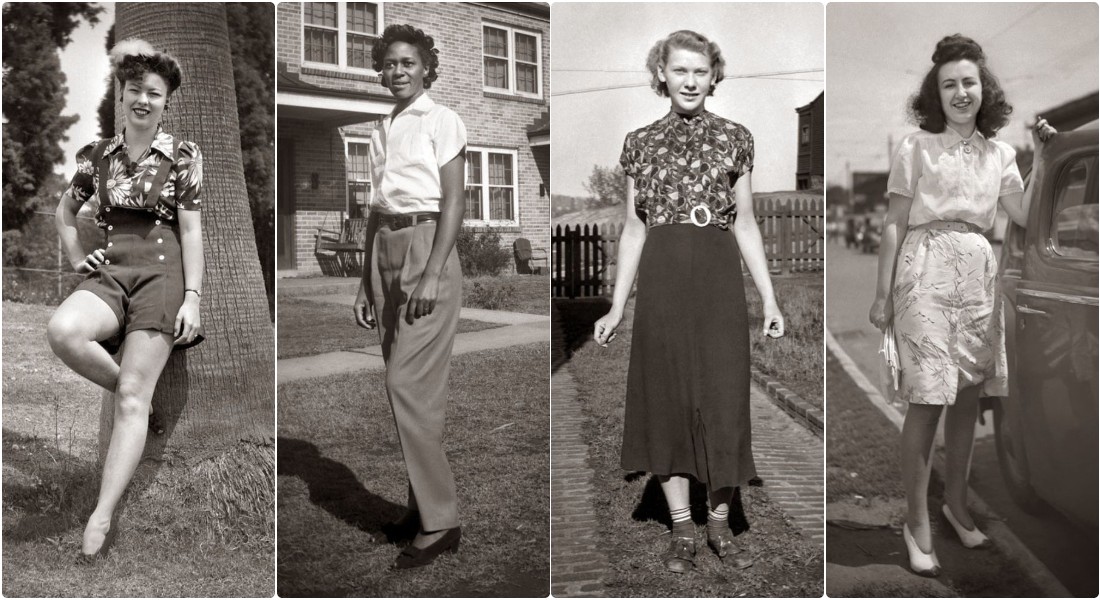
In parts of the world that were the most affected by the war, for example in Eastern Europe, people had no choice in terms of fashion. Most of their clothes were destroyed or left in their homes that they had to abandon. During the hardest times, people had to trade their clothes or jewelry for food in order to survive.
Sometimes, fashion was controlled by the occupants. In Poland, and other countries attacked by the Germans, there were many regulations, including the obligation for Jews to wear the Star of David on their arms.
1950s
1950s fashion was marked by a return to glamour and femininity after the austerity of the World War II years. It was characterized by elegance, accessorizing, tailored suits, haute couture dresses, and a focus on highlighting the natural curves of the body. It was a time of post-war optimism, with styles influenced by Hollywood stars, Parisian couture, and the emerging youth culture.
Fashion in the 1950s saw a clear gender divide. While men and boy’s fashion moved towards a more casual day-to-day style, women and girl’s fashion prioritized elegance, formality, and perfectly matched accessories. Couture womenswear saw rapid change with new designers such as Cristobal Balenciaga and Hubert de Givenchy disrupting the overtly feminine silhouette popularized by Christian Dior while novel prints and colors marked a playfulness in fashion for both men and women.
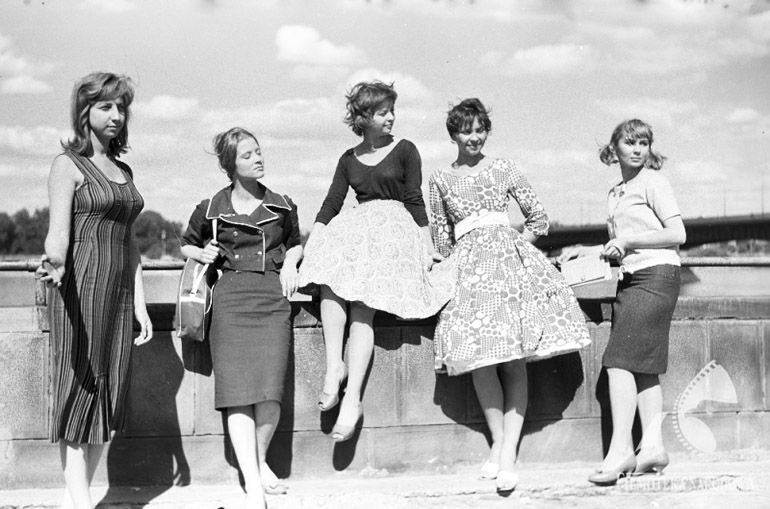
Christian Dior's New Look—the look referred to Dior's radical departure from the boxy, utilitarian styles of wartime fashion. It introduced a new silhouette characterized by a cinched waist, pronounced bust, and voluminous, full skirts that accentuated the feminine figure. It revolutionized fashion in the post-war era, reintroducing luxury, femininity, and extravagance to a world that craved glamor and beauty. Its enduring influence on fashion history solidified Dior's status as a visionary designer.
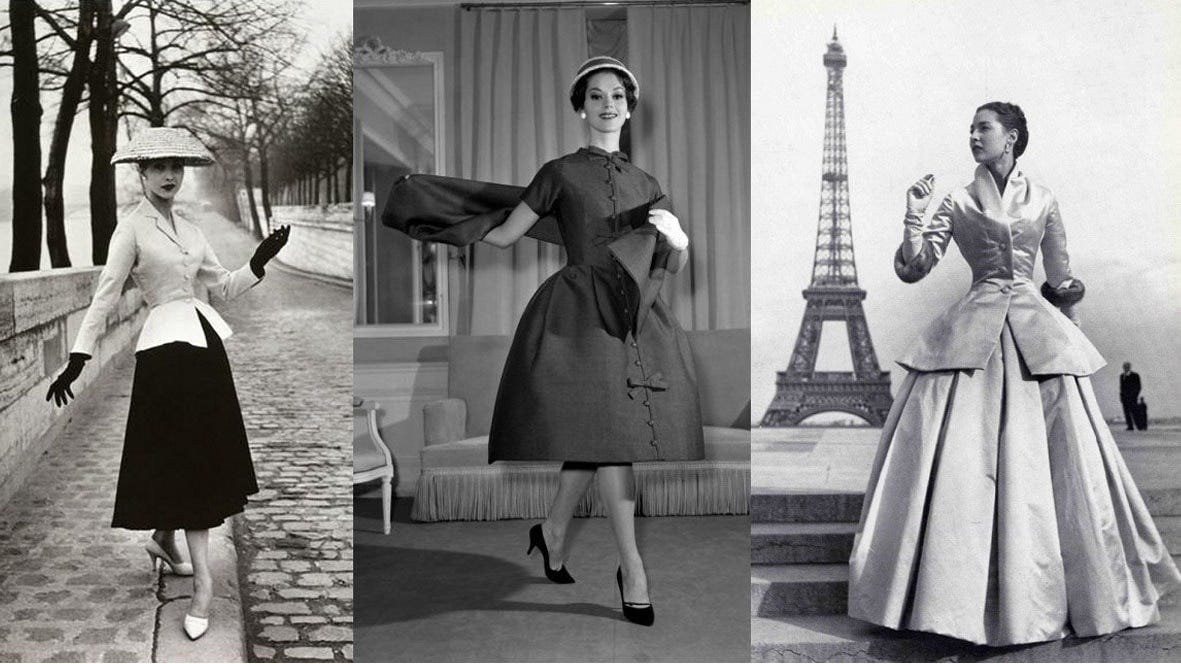
1960s
The 60s started the era of the freedom of fashion. There wasn’t only one main style that should have been followed. With the rise of the media, like television or magazines, trends were delivered to specific groups of people.
Some women still preferred wearing classy and elegant clothes, inspired by the iconic Jackie Kennedy. Younger girls might have been following the playful style of British model—Twiggy, consisting of revolutionary mini skirts, A-line dresses, patterned blouses and jumpers and funky pants. In the late 60s, some people started rejecting the culture of capitalism and oppression politics. It led to the birth of the Hippie lifestyle. Hippies often wore upcycled shirts, bell bottoms, denim and DIY jewellery.
A big part of the iconic 60s style was hair and make-up. During that time, women loved hairstyles that made their hair look huge and voluminous. It was popular for buns, bangs and ponytails to be paired with headbands and clips.
The makeup was also supposed to be extra. Fashionistas played with different eyeliner styles and used optical tricks to make their eyes and eyelashes look bigger.

1970s
In the 70s, people witnessed a lot of fashion experiments. There were countless amounts of trends, including giving a twist to traditional gowns like suits or elegant dresses, the obsession with denim, flashy and sparkling disco outfits, the birth of punk culture and alternative styles, huge platform shoes worn by both men and women, 60s hippie influences, and many many more. People could express their personality with their clothes, which were becoming more accessible and cheaper, due to the introduction of new materials and faster sewing techniques.
 The most influential fashion icons of that time period were celebrities like Farrah Fawcett—the star of “Charlie’s Angels”, who started the trend of voluminous and wavy hair, Jane Birkin—a British actress and singer who epitomized effortless and bohemian style and the iconic Hermes Birkin Bag, or Dawid Bowie who pushed the limits of male fashion by wearing androgynous outfits and creating personas.
The most influential fashion icons of that time period were celebrities like Farrah Fawcett—the star of “Charlie’s Angels”, who started the trend of voluminous and wavy hair, Jane Birkin—a British actress and singer who epitomized effortless and bohemian style and the iconic Hermes Birkin Bag, or Dawid Bowie who pushed the limits of male fashion by wearing androgynous outfits and creating personas.
Seventies fashion saw bold colors and patterns take center stage. Women’s fashion looked back to the 1940s by day and pumped up the glamour by night. Men had an array of suit types to choose from and favored colorful plaids. Children’s fashion followed adult fashion with bold plaids and bright colors with the distinction between genders lessening throughout the decade.
(https://fashionhistory.fitnyc.edu/)
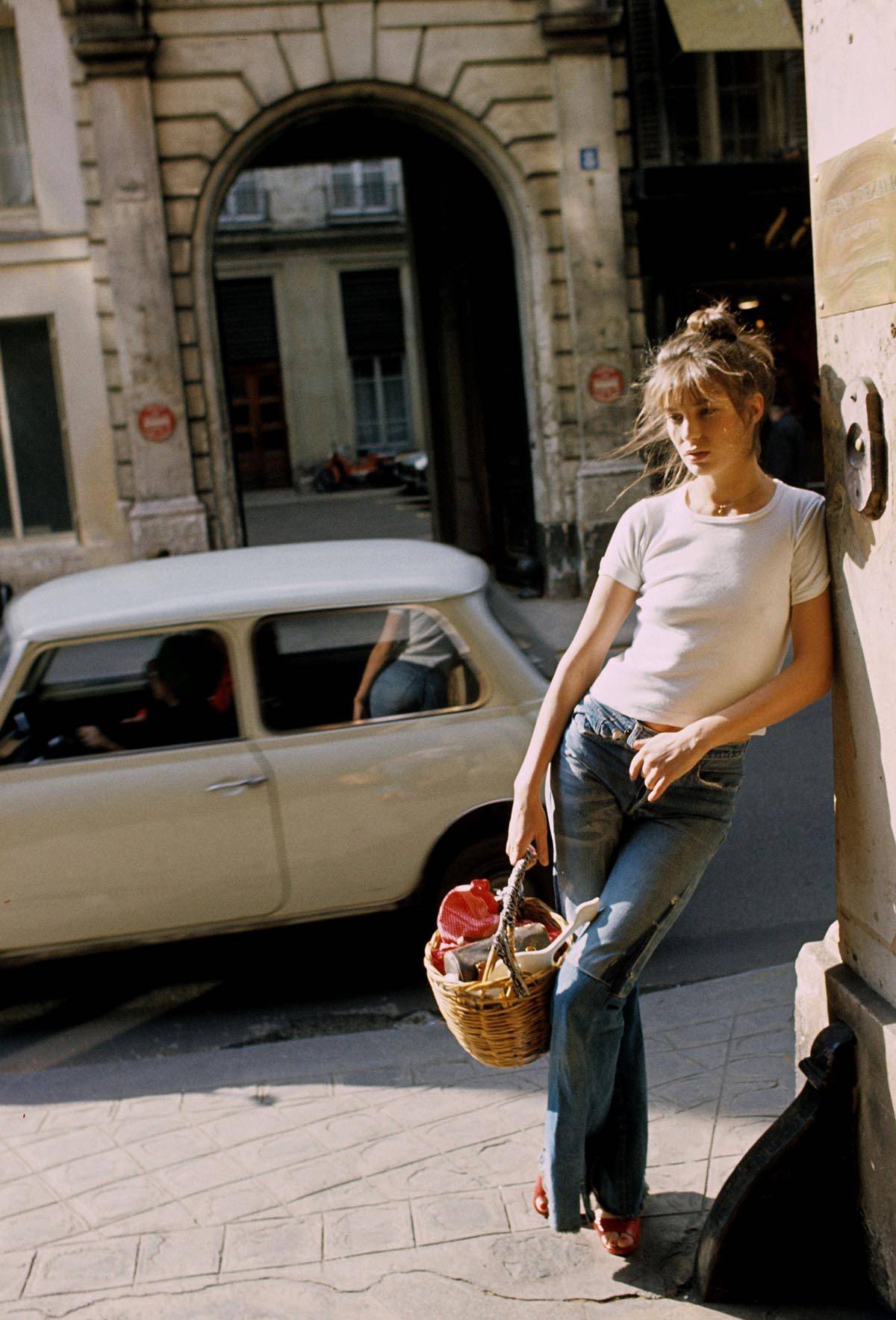
1980s
The 1980s was a decade that showcased a wide range of fashion trends and styles, reflecting the vibrant and dynamic nature of the era. It was characterized by its boldness, exuberance, and experimentation. It embraced a variety of influences, from the power-dressing corporate world to the rebellious punk and glam rock scenes. The 1980s fashion trends continue to be celebrated and referenced in contemporary fashion and serve as a nostalgic reminder of a unique era.
The most important trends were power dressing (sharp and bold silhouettes in business wear), neon and bright colors, denim on denim, crazy patterns, the popularization of athleisure clothes as fashion, big hair, followed by strong and colorful makeup and accessories and glam rock fashion.

1990s
The fashion of the 1990s embraced a range of styles, from minimalism and casual streetwear to grunge influences and retro revivals. It reflected a desire for simplicity, individuality, and a blending of high and low fashion. The impact of 1990s fashion continues to be felt in contemporary fashion trends and the enduring popularity of certain styles from the era.

In the 1990s, fashion underwent significant changes, reflecting the cultural shifts and influences of the time. It witnessed a shift towards minimalism and simplicity in fashion. Clean lines, neutral colors, and understated designs became popular. This minimalist aesthetic was a response to the excesses of the previous decade and a desire for a more streamlined and casual approach to dressing.

Changing fashion
Looking back at history, we can see that fashion is constantly evolving. The clothing revolutions, smaller and bigger ones, are caused not only by our sense of fashion but also by global events. Every piece of clothing has its own history and influences from the past.
What is your favorite fashion decade? Do you think that the trends are being recycled? Share your thoughts in the comments!


